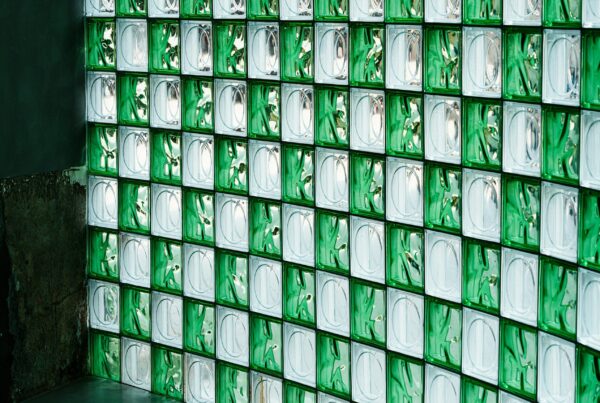Self-healing cement that seals up its own cracks and magically repairs itself seems like the stuff of science fiction. After all, concrete’s not supposed to do that once it sets into a hard, permanent mass. But there’s really nothing sci-fi about self-healing cement. As a matter of fact, it goes back years and years—actually, centuries further than we thought.
The key ingredient is lime mortar, the binder for masonry in ancient structures and buildings—the reason why they’ve lasted for centuries. Apparently, lime mortar has self-healing properties which involves a natural process of water (via rain) dissolving the calcium compounds, transporting them to the various cracks and fissures where needed, and finally, the recrystallized calcium compounds securing and filling the gaps.
It also helps that lime mortar has good deformability—they adjust better to natural deformations of structures better than stiff cement-based mortars. Which just goes to show that despite all of our engineering breakthroughs, there’s still something to be said for going back to the basics.
Basic Bacteria
Back in November last year, two scientists from the Delft Technical University in Netherlands proposed something even more basic to the self-healing cement equation: Bacteria—because, frankly, what could be more basic than bacteria?) The Dutch scientists called their product BioConcrete, a cement mix infused with bacteria.
Basically, microcapsules laden with a healing agent are added to a concrete mix. In this case the healing agent is a particular genus of bacteria which was sturdy enough to tolerate high-pH concrete and can also lay dormant for years without dying). The concrete mix has calcium lactate too, from which the bacteria would get nourishment.
When the concrete wears and cracks eventually, the water that seeps through activates the dormant bacteria. With the help of the calcium lactate, the bacteria is able to form limestone which seals up the cracks.
Says Henk Jonkers, one of the researchers, “Since the built-in bacteria require water to begin their work, the solution is a natural fit.”
Koreans Enter the Mix
Meanwhile just last February of this year in Yonsei University and Korea Conformity Laboratory in South Korea, the latest breakthrough in self-generating cement is photo-induced self-healing coating.
Here, sunlight is the catalyst for the methacryloxypropyl-terminated polydimethylsiloxane (MAT-PDMS). This self-healing agent, microencapsulated in a urea formaldehyde polymer, is sprayed on a surface of cellulose-fiber-reinforced-cement mortar. When cracks eventually appear, the microcapsules break open to release the MAT-PDMS, which with the aid of sunlight, fills and seals those cracks that let them out in the first place.
The researches say, “Our self-healing coating is the first example of capsule-type photoinduced self-healing system, and offers the advantages of catalyst-free, environmentally friendly, inexpensive, practical healing.”
Admittedly, the self-healing coating targets only superficial cracks, but it still goes a long to preventing further damage.
Intelligent Cracking Up
For structural engineers, there is no such thing as a crack too small to cause damage. That’s why they have a term for it: microcrack, or cracks as tiny as 0.02mm to 0.04mm. Over time, with repeated action by water, these microcracks will give way to further, bigger, and more dangerous cracking.
Cement isn’t exactly the most environment-friendly building material out there. About 5{e3829ec1db02d54faaf9fa2de0d48db26af01d7a7944a63c3b26976124791cab} of worldwide carbon footprint can be attributed to cement, both from intensive energy use and in carbon dioxide byproduct years later.
One other breakthrough in cement is giving it the capacity to reabsorb C02 from the atmosphere. Together with self-healing cement, this breakthrough is certainly changing the game, enough to make all those ancient builders beam in pride.












